
Nissan Qashqai Station Wagon (2014-2021) review
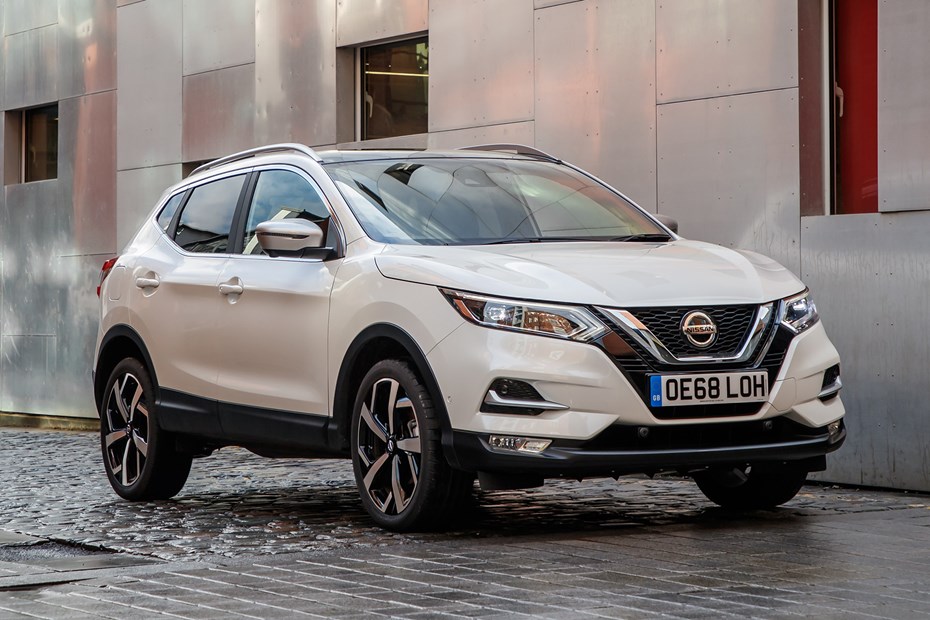
At a glance
| Price new | £18,795 - £34,990 |
|---|---|
| Used prices | £2,305 - £19,662 |
| Road tax cost | £20 - £195 |
| Insurance group | 13 - 21 |
Get an insurance quote with

|
|
| Fuel economy | 38.7 - 53.5 mpg |
| Range | 557 - 1058 miles |
| Miles per pound | 5.2 - 6.8 |
| Number of doors | 5 |
| View full specs for a specific version | |
Available fuel types
Petrol
Diesel
Pros & cons
- Spacious, comfy, practical Interior
- Sharp exterior styling still looks fresh
- All models come well-equipped
- Technology feels off-the-pace
- Boot not as big as in rivals
- Interior feels cheap and dated
Nissan Qashqai (14-21) rivals
Overview
The Nissan Qashqai is an incredibly common sight on UK roads. It’s long been one of the most popular cars for UK drivers, as well as one of the best family SUVs on the market – and they’re now so ubiquitous that the company’s marketing team claims you’re never more than a few hundred metres away from one.
The second-generation Nissan Qashqai represents a significant leap forward over the original model, as it offers a significantly improved cabin with much more space and far better technology. The original Qashqai is also getting quite old now – the earliest examples are very tatty and, now that production of the Mk3 is in full swing, prices for Mk2s are on the way down. The cheapest example we could find cost less than £4,500, which is cracking value for such as talented family car.
The second-generation Nissan Qashqai went out of production in 2021, which means the last ones sold have only just dropped off the end of their leasing agreements. As such, there are plenty of well cared for cars (with all their service stamps) knocking around the classifieds, as dealers have pushed Mk2 Qashqai owners into their shiny new Mk3 models.
Scroll down to learn everything you need to know about the Mk2 Nissan Qashqai. We cover everything from its most common faults, to info on its trim structure, to advising which engine you should opt for and telling you what it’s like to drive. Then, we’ll let you know whether it’s worth buying secondhand. If you’d like to learn more about how we reached our verdict on the Qashqai, check out our how we test cars explainer page.
Nissan Qashqai Mk2 buying guide
Most Qashqais were sold with big discounts, and most have had hard lives. Our advice would be to shop for a later, facelifted model that spent most of its leasing agreement parked up during the coronavirus pandemic. Rough families make early cars feel much older than rivals of a similar age.
If you take our advice, you’ll also benefit from the facelift model’s higher quality interior and better equipment. Hunt out a higher-spec N-Connecta, Tekna or Tekna+ model, as they come with extras such as a 360-degree parking camera, adaptive cruise control and sports seats.
The Qashqai was available with a broad range of engines. Pre-facelift cars were fitted with a 115hp 1.2-litre petrol, a 163hp 1.6-litre petrol, a 115hp 1.5-litre diesel or a 130hp 1.6-litre diesel. If you’re shopping for a post-facelift car (which you should be) you’ve got the choice of a 1.3-litre petrol with either 140hp or 160hp, or a 150hp 1.7-litre diesel. We reckon the 140hp 1.3-litre is your best bet.
Nissan Qashqai Mk2 known faults and common problems
Nissan’s reputation for reliability is not entirely deserved where the Qashqai is concerned, although a lot of the problems plaguing the are down to technology sharing with its Alliance partners, Renault and Mitsubishi.
Thankfully, all second-generation Qashqai engines use a timing chain, which means they’re pretty dependable units. Servicing is straightforward, too. However, due to the complexity of the tech in this Nissan, we’d recommend buying or borrowing a diagnostic scan tool to use on any car you’re viewing before handing over the cash. Just for peace of mind.
Buying guide
Common issues and what to look for if you’re considering buying one
1. 1.2-litre petrol engine failures
The Qashqai is a big car for such a small four-cylinder engine to move. Even so, there’s little excuse for woefully bad it is. They’ve been reported to fail as early as 30,000 miles – and many owners have complained of engine trouble just 50,000 into their ownership, with a full service history.
The problem? It seems the 1.2-litre drinks a bit of oil – and that means the engine can get starved of lubricant and turn itself into a grenade. If you really want a 1.2-litre Qashqai, check the oil level before driving and start the car from cold with the bonnet open, listening carefully for rattles or chattering.
2. 1.5-litre dCi diesel
The Qashqai’s 1.5-litre diesel engine makes a lot of sense for a lot of buyers, simply because it’s so efficient. And, as long as it’s been serviced regularly and driven properly, it’s a reliable unit. However, cars that have spent their lives driving at slow speeds around town tend to clog their diesel particulate filters. Check for warning lights before you buy.
Cars sold after August 2018 also have an AdBlue system, which introduces a couple more failure points. These include NOx sensors in the exhaust, level sensors for the AdBlue tank and counter reset issues after refilling. Each has its own set of warnings.
3. Faulty tow bars
There’s a risk, on cars fitted with Nissan’s factory tow bar kit, that the mounting can detach from the chassis and leave your caravan charting a course into the undergrowth. Nissan issued an official recall for the problem which, mercifully, only affected cars built in 2014. Still, if you’re shopping from that year, check that the work has been completed when you view the car.
4. 1.3-litre DIG-T petrol
This 1.3-litre four-cylinder engine is shared with the current Mercedes A-Class, as well as the Qashqai’s in-house rivals the Renault Kadjar and Dacia Duster.. It doesn’t consume oil as quickly as the 1.2-litre model, but it does still suffer from timing chain tensioner problems. Listen for rattles when you first start the car and when you accelerate.
5. Stop-start system
Some versions of the Qashqai have stop-start systems. This should shut the engine off at traffic lights and junctions, and restart it instantly when you need to drive. However, its prone to failure – and most faults will show up on the dashboard. Sometimes, you can remedy the issues by just changing the battery.
6. CVT gearbox – Xtronic
Believe it or not, the Qashqai is a mid-2010s automatic car that still has a transmission dipstick. It’s fiddly to access, as it’s lower down near the battery but it’s worth hunting out. Check the oil colour and smell – it should be free of black, burned deposits. Proper Nissan NS-3 CVT fluid is green, but loses its dye over time. If it is dark, thick or looks metallic, avoid that car. Also, look for leaks underneath and check the condition of the cooler hoses.
Make sure the dipstick is properly clicked into place before driving. Many Qashqais were bought as towing vehicles – as long as the gearbox is serviced regularly, problems are rare.
7. Seven-speed automatic – DCT
Later Qashqais were optionally available with a dual-clutch automatic. This efficient seven-speed gearbox is a Getrag design and is shared with Renault (EDC) and Mercedes (7G-Tronic in smaller cars). However, it can suffer from judder when taking up drive, and regular fluid changes are essential.
8. Safety and entertainment technology – ProPilot and gadgets
Qashqais built after 2018 benefit from some extra driver assistance technology, dubbed ProPilot. This includes adaptive cruise control with traffic jam assist (on automatic cars), blindspot monitoring and intelligent lane assist.
However, if your car has had a replacement windscreen, the sensor calibration could be wrong. That’ll make the steering feel odd and it could impact the cruise control’s ability to sense other cars. Make sure you check all the systems before you take the car.
9. Bodywork and trim issues
Early models suffer from corrosion. Poor paint quality means the sills and subframes are prone to rusting. Plus, windscreens and panoramic sunroofs have been known to crack if caught on the edge by stones – hence why the issue above is so common.
10. Nissan’s 4x4 system
The 1.6 and 1.7 litre diesel Qashqais were available with all-wheel drive. It needs to be properly maintained to get the best from it, though. Check your car’s service history for differential and gearbox fluid changes, and look for good, matching tyres with even wear as a sign of regular maintenance. When driving listen for any unusual noises, such as grumbling or rattling when coasting.
If you can, get the car onto a loose surface like mud or wet grass for the test drive. That’s the best place to check the 4x4 is working – but the car’s dashboard will usually report any faults. The ABS system can cause issues with 4x4, as it’s needed to act as an electronic differential lock.
What’s the Nissan Qashqai Mk2 like to live with?
Should the Qashqai be your default used family car choice? Over the next few pages, we’ll review each aspect of the 2014-2021 Nissan Qashqai Mk2, taking into account its practicality, comfort, fuel economy and performance. If you’re short on time, you can also skip to our verdict page to see if we recommend the Nissan Qashqai as a good used car.



.jpg)
.jpg)
.jpg)
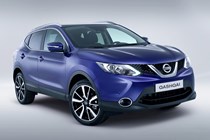
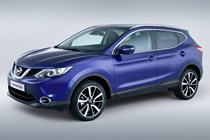
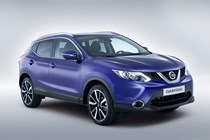
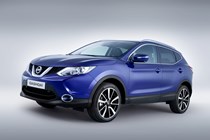


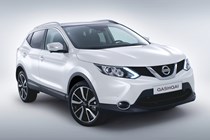
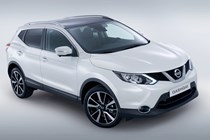
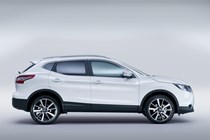
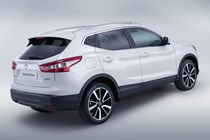
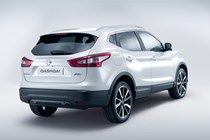
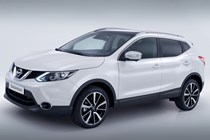
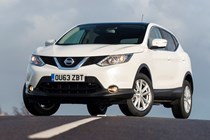
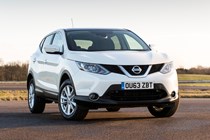
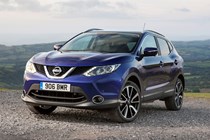
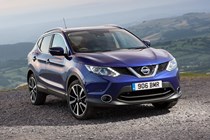
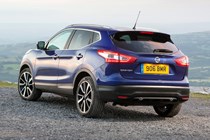
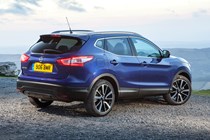
.jpg)
.jpg)
.jpg)
.jpg)
.jpg)
.jpg)
.jpg)
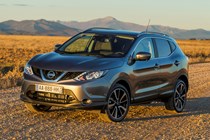
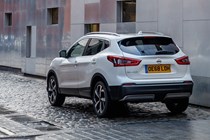
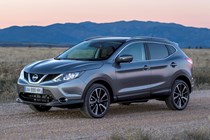
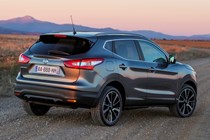
.jpg)
.jpg)
.jpg)
.jpg)
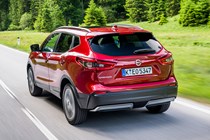
.jpg)
.jpg)
.jpg)
.jpg)
.jpg)
.jpg)
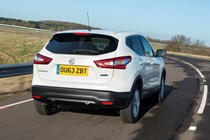
.jpg)
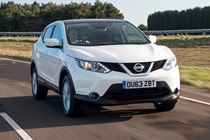
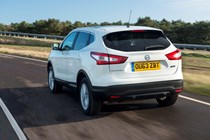
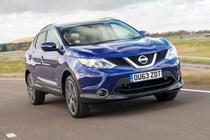
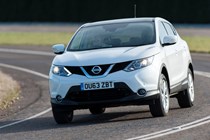
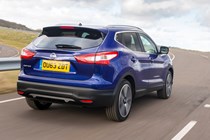
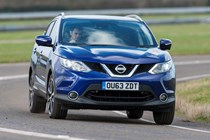
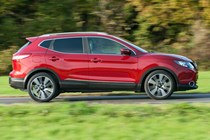
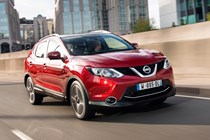
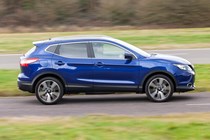
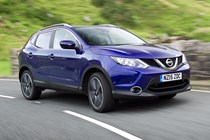
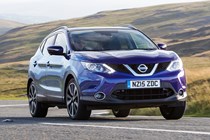
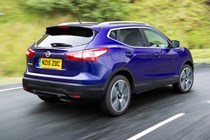
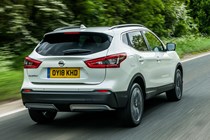
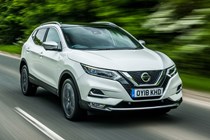
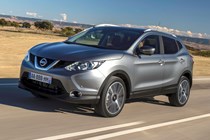
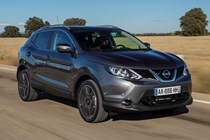
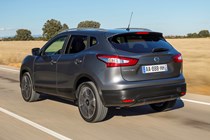
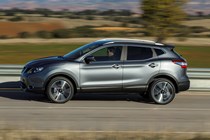
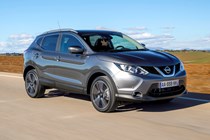
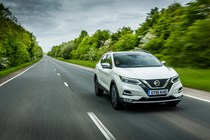
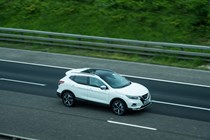
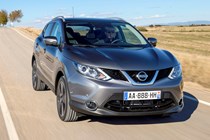
.jpg)
.jpg)
.jpg)
.jpg)
.jpg)
.jpg)
.jpg)
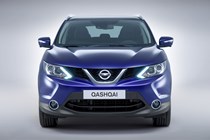
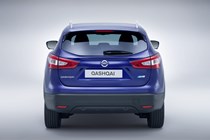
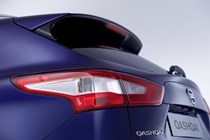
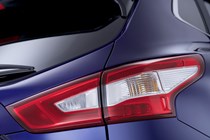
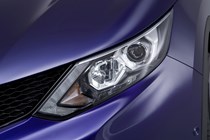
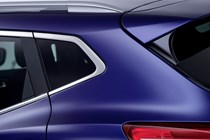
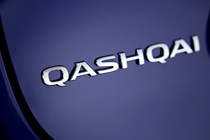
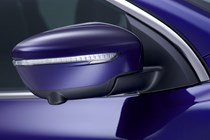

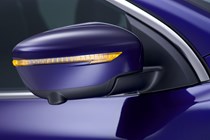
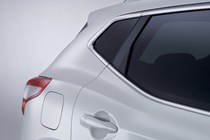
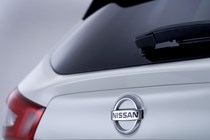
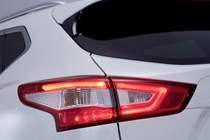
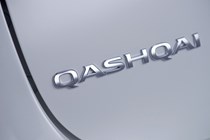
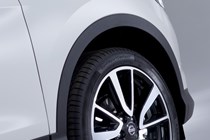
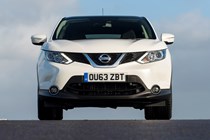
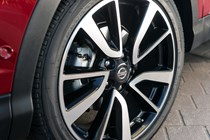
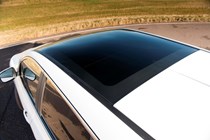
.jpg)
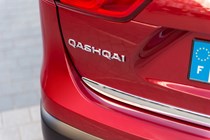
.jpg)
.jpg)
.jpg)
.jpg)
.jpg)
.jpg)
.jpg)
.jpg)
.jpg)
.jpg)
.jpg)
.jpg)
.jpg)
.jpg)
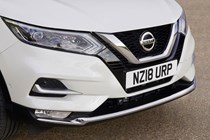
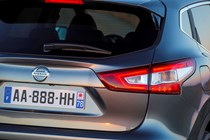

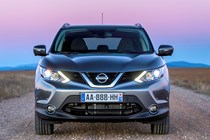
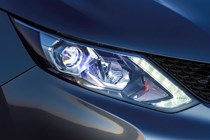
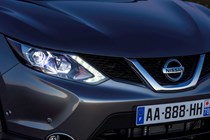
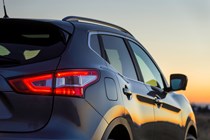
.jpg)
.jpg)
.jpg)
.jpg)
.jpg)
.jpg)
.jpg)
.jpg)
.jpg)
.jpg)
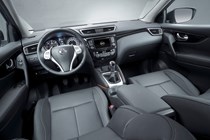
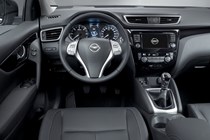
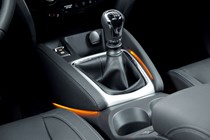
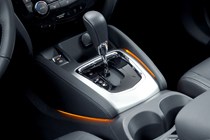

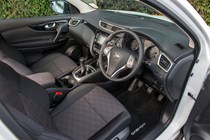
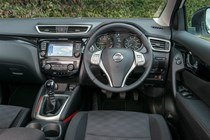
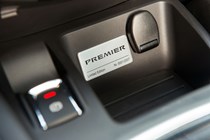
.jpg)
.jpg)
.jpg)
.jpg)
.jpg)
.jpg)
.jpg)
.jpg)
.jpg)
.jpg)
.jpg)
.jpg)
.jpg)
.jpg)
.jpg)
.jpg)
.jpg)
.jpg)
.jpg)
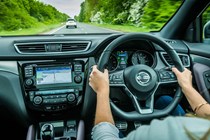
.jpg)
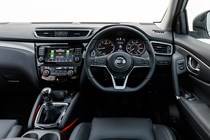
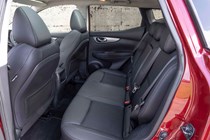

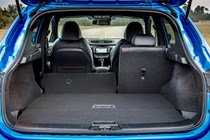
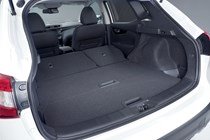
.jpg)
.jpg)
.jpg)
.jpg)
.jpg)
.jpg)
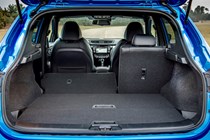
.jpg)
.jpg)
.jpg)
.jpg)
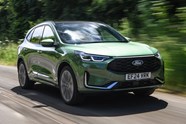
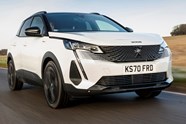
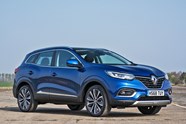



.jpg?quality=50)
.jpg?quality=50)
.jpg?quality=50)


















.jpg?quality=50)
.jpg?quality=50)
.jpg?quality=50)
.jpg?quality=50)
.jpg?quality=50)
.jpg?quality=50)
.jpg?quality=50)




.jpg?quality=50)
.jpg?quality=50)
.jpg?quality=50)
.jpg?quality=50)

.jpg?quality=50)
.jpg?quality=50)
.jpg?quality=50)
.jpg?quality=50)
.jpg?quality=50)
.jpg?quality=50)

.jpg?quality=50)






















.jpg?quality=50)
.jpg?quality=50)
.jpg?quality=50)
.jpg?quality=50)
.jpg?quality=50)
.jpg?quality=50)
.jpg?quality=50)


















.jpg?quality=50)

.jpg?quality=50)
.jpg?quality=50)
.jpg?quality=50)
.jpg?quality=50)
.jpg?quality=50)
.jpg?quality=50)
.jpg?quality=50)
.jpg?quality=50)
.jpg?quality=50)
.jpg?quality=50)
.jpg?quality=50)
.jpg?quality=50)
.jpg?quality=50)
.jpg?quality=50)







.jpg?quality=50)
.jpg?quality=50)
.jpg?quality=50)
.jpg?quality=50)
.jpg?quality=50)
.jpg?quality=50)
.jpg?quality=50)
.jpg?quality=50)
.jpg?quality=50)
.jpg?quality=50)








.jpg?quality=50)
.jpg?quality=50)
.jpg?quality=50)
.jpg?quality=50)
.jpg?quality=50)
.jpg?quality=50)
.jpg?quality=50)
.jpg?quality=50)
.jpg?quality=50)
.jpg?quality=50)
.jpg?quality=50)
.jpg?quality=50)
.jpg?quality=50)
.jpg?quality=50)
.jpg?quality=50)
.jpg?quality=50)
.jpg?quality=50)
.jpg?quality=50)
.jpg?quality=50)

.jpg?quality=50)





.jpg?quality=50)
.jpg?quality=50)
.jpg?quality=50)
.jpg?quality=50)
.jpg?quality=50)
.jpg?quality=50)

.jpg?quality=50)
.jpg?quality=50)
.jpg?quality=50)
.jpg?quality=50)